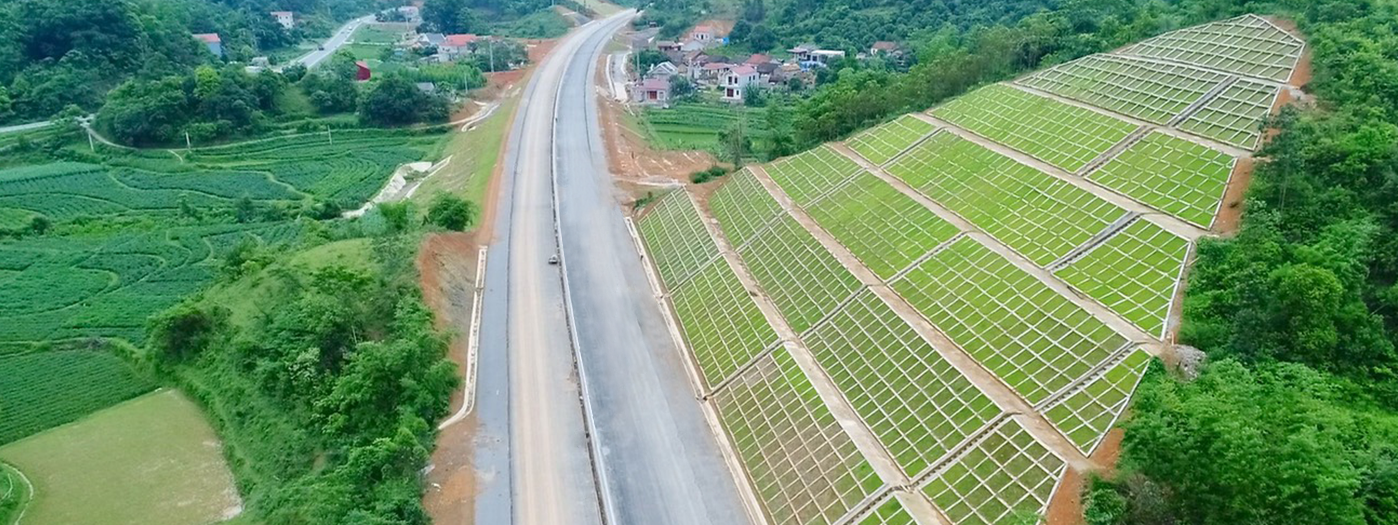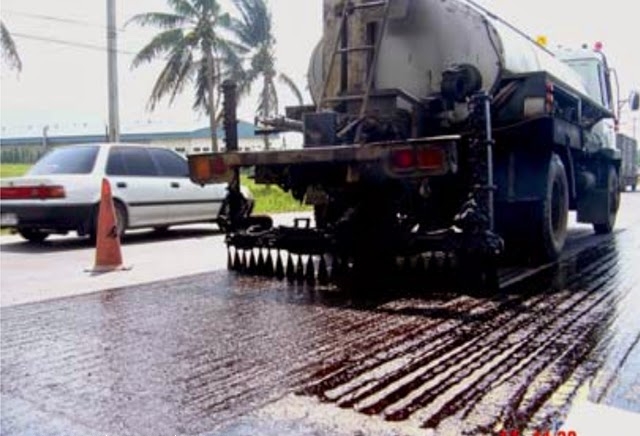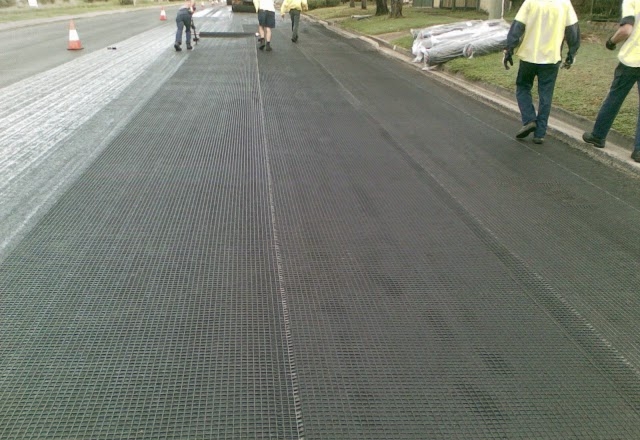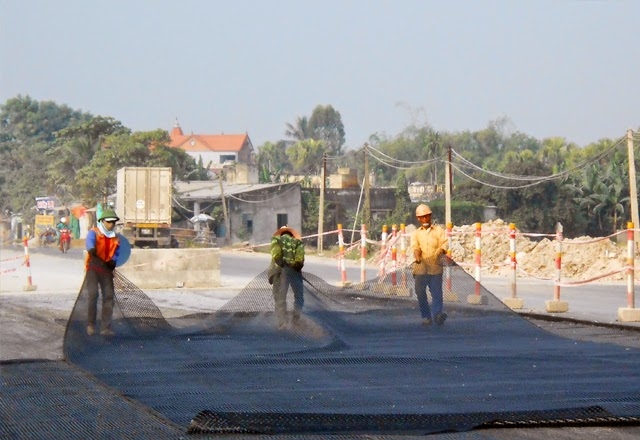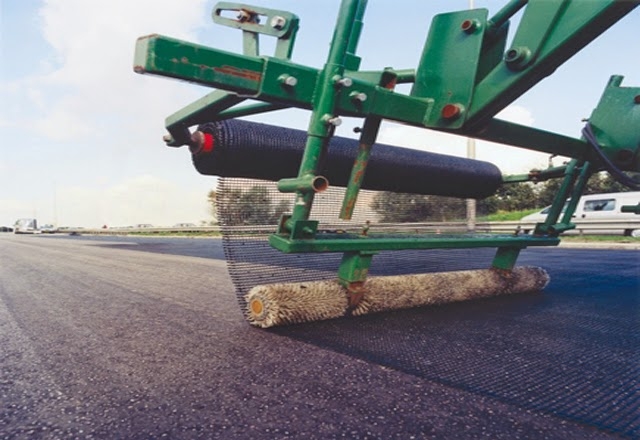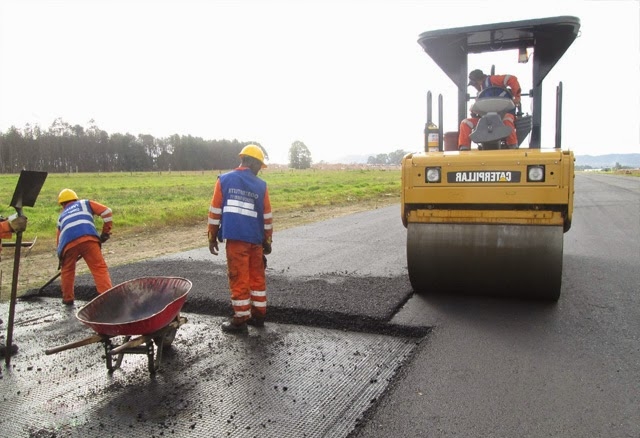Fiberglass mesh net
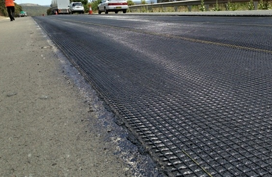
Fiberglass mesh net
Contact
Stock : In Stock
Warranty : 24 th farm
Manufacturer : Japan, Korea, China Real Estate
Unit : m2
Fiberglass reinforced geotextile is a new technology developed especially for the renovation projects of old highways and airport roads. The use of fiberglass mesh for road and airport improvement and improvement projects will extend the life of the newly covered asphalt concrete by up to 2 times compared with not using this geotextile layer. .
Fiberglass reinforced geotextile is a new technology developed especially for the renovation projects of old highways and airport roads. The use of fiberglass mesh for road and airport improvement and improvement projects will extend the life of the newly covered asphalt concrete by up to 2 times compared with not using this geotextile layer. .
Other related news
-

-
Liên hệ trực tiếp
- Mr. Chung: 0965151686
- Mr. Thành: 0962113456
- Ms. Phương: 0706529519
- Mr Vinh 0345668383
-
-

-

-
Liên hệ qua viber
- Mr. Chung: 0965151686
- Mr. Thành: 0962113456
- Ms. Phương: 0706529519
- Mr Vinh 0345668383
-

